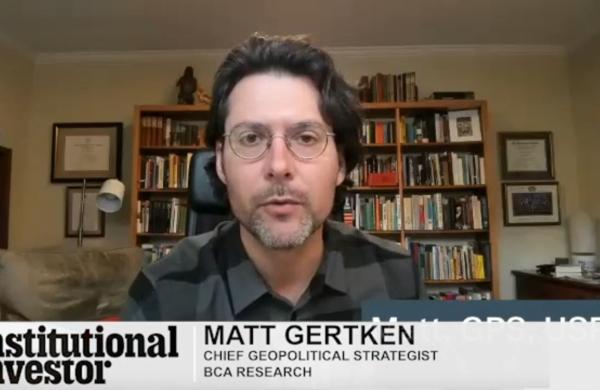Target-maturity fund flows outpaced risk-based lifestyle funds last year by more than 34%, a sharp reversal from three previous years in which the lifestyle fund flows dwarfed target-maturity alternatives in defined contribution plans, according to Strategic Insight. "[Target-maturity funds] reflect a solution to the very complicated problem we have in making decisions. The clarity they provide to a large audience of investors who are conflicted about making choices makes a lot of sense," said Avi Nachmany, director of research at SI. There has been an increasing emphasis on making choices easier for participants, and enabling them to put their money in a given vehicle and allow someone else to manage it removes the task of choosing funds for the participant.
Target-date fund flows, excluding variable annuity subaccounts, exceeded $3 billion in December, a particularly strong month for the fund category, Nachmany said. The investment category's overall 2005 inflows surpassed $22.5 billion, a 50% jump from the previous year, according to SI. Although target-date funds became the top fund of funds investment last year in terms of new flows, risk-based lifestyle funds are still the dominant fund of funds category in terms of overall assets. Risk-based lifestyle funds finished 2005 with $103.6 billion, exceeding target-dated funds' holdings by more than $34 billion during the same period.
In addition, target-date funds' overall 2005 flows exceeded other types of funds of funds flows, excluding risk-based lifestyle funds and VA sub-accounts, by more then $3 billion, the widest margin since 2000. Fidelity Investments led the pack of fund of funds flows last year with $9.4 billion, followed by The Vanguard Group, with a distant $5.3 billion and T. Rowe Price with $4.3 billion. Fidelity's dominance in fund of funds flows is not surprising because the company maintains the defined contribution industry's largest service platform, Nachmany said.




